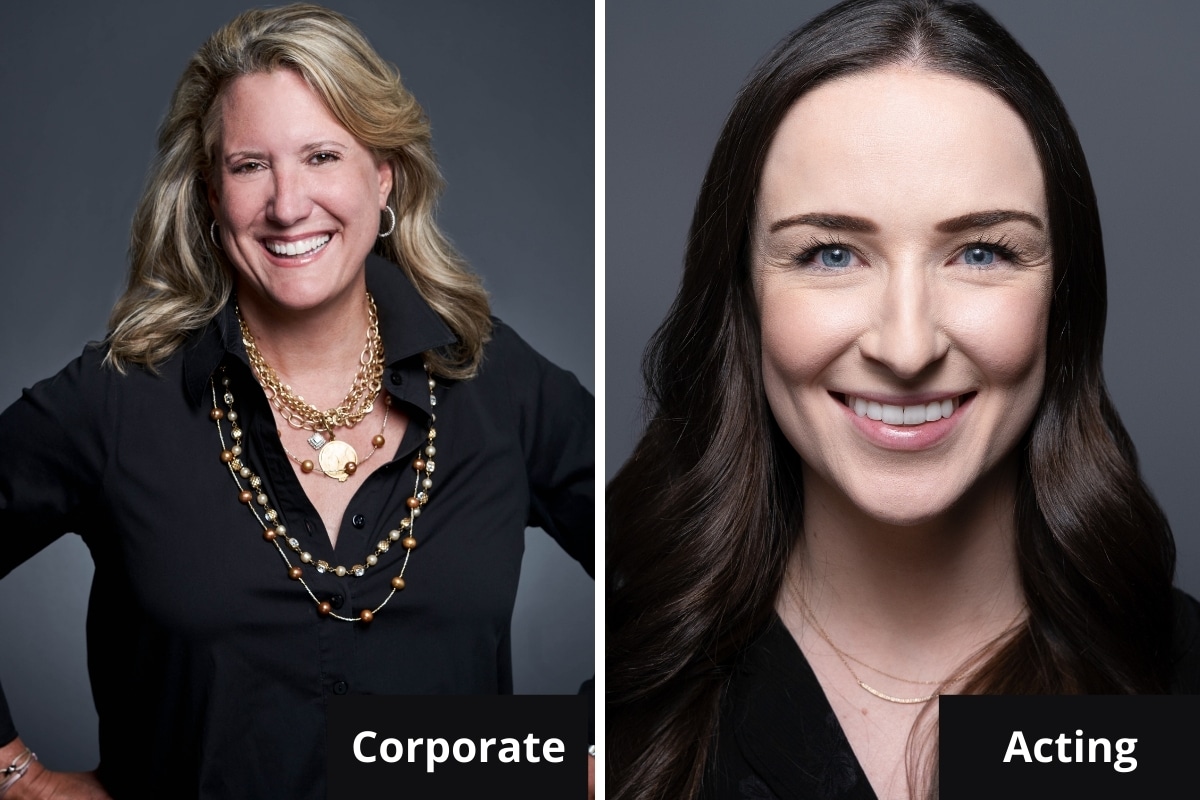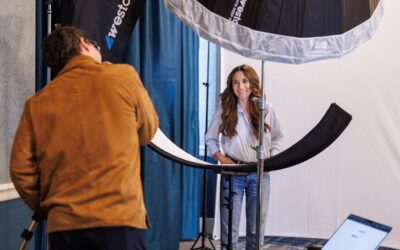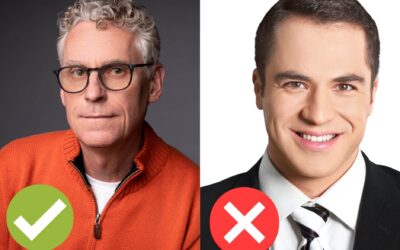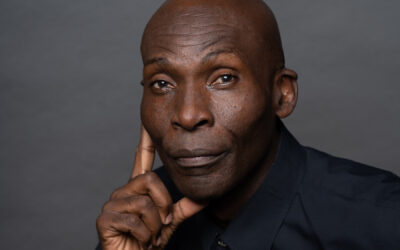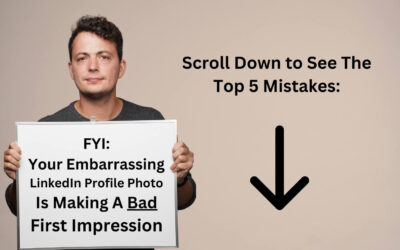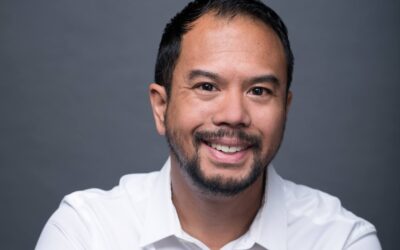Over the course of the last couple years, it’s become increasingly popular for corporate executives to book high-end headshot sessions. As your LinkedIn profile photo, slack profile, and zoom photo get increasing exposure in a digital-first world – savvy and career-driven professional are investing in their personal brand.
As most people explore their options for a local corporate headshot photographer, they will find 10s if not 100s of options in most major US cities for various types of headshots. (Examples: Dating headshots, pet headshots, lawyer headshots, acting headshots, musician headshots, business headshots, executive headshots…and the list goes on.)
So this situation begs the question, what’s the difference between all these types of headshots anyway? And, how do I make sure I’m picking the right photographer?
In this article, we cover three key difference between corporate headshots and acting headshots, but expect to see other articles talking about the differences and nuances in other types of headshot photography.
The Three Differences Between Corporate Headshots and Acting Headshots
Keep in mind that these are general guidelines, and that ultimately, your corporate or acting headshots can look like whatever you want.
Difference #1: Goals
The primary goal of a great corporate headshot is to show that the subject (ie YOU) are professional, competent, and like-able. There’s a million reasons why getting a headshot is good for your career (easier to get job offers, get taken more seriously by internal stakeholders, get taken more seriously by customers etc) but all those goals ultimately boil down to looking trustworthy, competent, and warm in your headshot.
Conversely, the primary goal of a great acting headshot is show casting directors that the subject (ie YOU) are a perfect fit for a specific type of role within a production – whether thats a commercial, movie, tv show, etc. The important distinction here, is that you don’t necessarily want to look “professional, competent, and like-able” in your acting headshot – unless thats the type of character you’d like to play.
You could just as easily want to portray a moody / villainous character – with headshots that are tailored for those specific roles.
Difference #2: Style
There are three stylistic elements to consider for your headshots.
The first element is attire. Corporate headshots should typically be shot with semi-formal or formal clothing. Acting headshots have no such requirement, and should probably be shot with dressy-casual attire.
The second element is backdrop. Corporate headshots are usually shot on a medium-tone grey or other neutral colored backdrop. However, there is also a trend for less form backdrop types – like yellow, bright blue, or outdoor settings. Acting headshots are have no set guidelines, but are usually shot on a neutral backdrop so that the focus of your photo is on YOU.
The third element is posing. Traditional corporate headshots should be taken “straight up”, meaning that there is no set pose – but photos taken from further away with crossed arms are popular among executives, as are photos taken inside their office. Acting headshots should be cropped fairly closely, so the range of poses available is limited. Again, you should try to visualize the roles that you’re targeting, and tailor your pose to those roles.
Difference #3: Lighting
All types of headshots require good lighting. However, in a studio setting, corporate headshots are typically taken with a “back light” that removes the subject’s shadow from the background. Acting headshots are typically taken directly against the paper backdrop – which creates a slight shadow on the background. Two examples are shown in the image at the top of this page.
That’s a wrap! Thanks for reading our guide to corporate headshots versus acting headshots. If you have any questions, feel free to reach out to us at smile@headshots-inc.com. To browse headshot packages, head on over to our Individual Sessions page.

